#Technology
Crash Avoidance Systems Underwhelm in Latest IIHS Study
The Insurance Institute for Highway Safety (IIHS) announced it has updated its vehicle-to-vehicle front crash prevention test to account for higher speeds. Originally, the group was only running tests for things like automatic emergency braking below 25 mph. Now, it’s targeting higher speeds and obstacles of varying sizes. But the results aren’t any better. Out of the 10 small crossovers tested, only a single model garnered a good rating.
Cool It: Hyundai Testing Innovative Window Film
Applying tint to window glass is hardly a new way to keep the cabin of one’s car cool in direct sunlight – but Hyundai claims there remains innovations to explore in the field of beating the summer heat.
Self Driving Probably Won’t Improve Until Artificial Intelligence Does
Following yesterday’s article about the IIHS suggesting the implementation of driver-monitoring as a way to mitigate lackluster advanced driving systems, many readers asked why automated driving still seemed so far behind in terms of development. After all, we have had companies promising the sale of commercially viable autonomous vehicles for years. But companies are nearly half a decade behind schedule with a public that has almost completely lost faith in the program.
What happened?
Next Infiniti QX80 to Offer Hot Tunes, Cool Air
The steady stream of teasers for the 2025 Infiniti QX80 continues apace, and it appears your author has drawn the straw to act as yer guide in this matter until the thing actually drops later this month.
Automakers Sticking with Screens Are Going to Receive Bad Safety Ratings in Europe
Updated European safety certifications may discourage global automakers from leaning so heavily upon touch controls in the future. While not a formal government regulator, the European New Car Assessment Programme (NCAP) is extremely influential in a manner similar to the United States’ Insurance Institute for Highway Safety (IIHS). These are the entities testing the crash worthiness of modern automobiles, or bench-marking industry safety standards, and Euro NCAP has elected to make distracted driving a major issue moving forward. By 2026, any vehicles sold within the European market will need to include physical controls to be deemed truly safe.
Yay or Nay? Volvo Launches Accident Ahead Alert Service
Volvo is introducing a new feature that alerts drivers of accidents reported on the road ahead. With similar services available for free on select phone apps, many of which can be integrated with your vehicle’s infotainment display, Volvo’s offering doesn’t sound incredibly novel on its face. But it’s leveraging real-time data from government-operated traffic management centers via the automobile’s proprietary user interface, technically making the feature the first of its kind within the automotive industry.
White House Vows to Investigate Security Risks Posed by Foreign-Connected Vehicle Tech
On Thursday, the Biden administration announced plans to investigate the potential national security risks being confronted by American automakers and any threats posed by connected vehicle technologies controlled by foreign adversaries — including China.
Abandoned History: The Apple Electric Car Project, Rest in Peace (2014-2024)
After a decade-long project that saw changes in approach, multiple delays, staff changes, planning and replanning, and conflicting reports, Apple’s Titan autonomous electric car project is dead. The company made an internal announcement on February 27th, 2024 which leaked to the press immediately via several Apple employees. The project’s cancellation created our most recent Abandoned History subject matter to date. Let’s start at the beginning, in 2014.
Report: U.S. Prepping $540 Million for SK Group Semiconductor Factory in Michigan
The United States Department of Energy has confirmed plans to loan $544 million to South Korean tech conglomerate SK Group under the conditions it be used to expand semiconductor production in the Midwest. Finances have been earmarked for a facility operated by subsidiary SK Siltron CSS to expand a plant located in Bay City, Michigan, which had previously expressed plans to build more chips.
Stellantis Patents Fake Engine Vibrations for EVs
When Dodge previewed its Fratzonic Chambered Exhaust for the all-electric Charger Daytona SRT concept (pictured), enthusiasts were divided. Some thought the idea of a faux exhaust system, designed to help EVs mimic the howl of a V8, was a cringe-worthy gimmick. But others felt it broke new ground in terms of vehicular sound design and would ensure electric cars could retain some of the magic of combustion vehicles. Regardless of which camp you happen to staked your tent, parent company Stellantis has continued on with the premise and has likewise patented a system that creates fake engine vibrations to further the illusion of combustion-derived propulsion.
Ford Rumored to Dump Parking Assist Moving Forward
Ford is said to be in early stages of dumping parking assistance features on future models because drivers aren’t using the feature enough. Active Park Assist has been around for over a decade at this point. However, the computer-guided parallel parking feature is supposedly not going to be appearing in future models as a way to help the automaker cut production costs.
Robotic Tire Changing Business Goes Bust
A Detroit-based startup hoping to normalize robotic tire changes has filed for bankruptcy, perhaps offering hope to all the humans worried that they're about to be displaced by automation. RoboTire, which launched in 2019, had stated its intention to speed up vehicle maintenance for auto repair shops, fleet operators and dealerships. Now its status is Chapter 7.
Google Claims Android Auto Will Become Safer and Smarter After Update
Google has announced plans to update Android Auto to reduce the time drivers are required to look at screens. This includes the obligatory mention of leveraging artificial intelligence. But the phrase has become a blanket term for any advanced computing integrated into other systems, meaning we have to dig a little deeper to understand what AI brings to the table. While Google hasn’t gotten overly specific, it has said it wants to place an emphasis on improving safety.
China's Huawei Establishes ‘Smart Car’ Unit With Changan Auto
Huawei has announced it will continue becoming intertwined with the automotive sector after signing onto a joint venture with Chinese state-owned carmaker Changan Automobile. The telecommunications giant has established Shenzhen Yinwang Intelligent Technology with a registered capital of 1 billion yuan ($140 million USD) and a focus on smart car equipment manufacturing, artificial intelligence system integration services, and AI software development.
Stellantis Developing 'Virtual Cockpit' With BlackBerry
Stellantis will be working with BlackBerry on a new virtual cockpit they believe will allow for faster development and lower production costs. The system, which is part of the company’s Virtual Engineering Workbench, is designed to replicate automotive controls using Amazon Web Services’ data cloud and is supposed to reduce development turnaround cycles by “up to 100 times.” The stated goal is to ensure new infotainment tech is created and then pushed to the public quickly and efficiently.



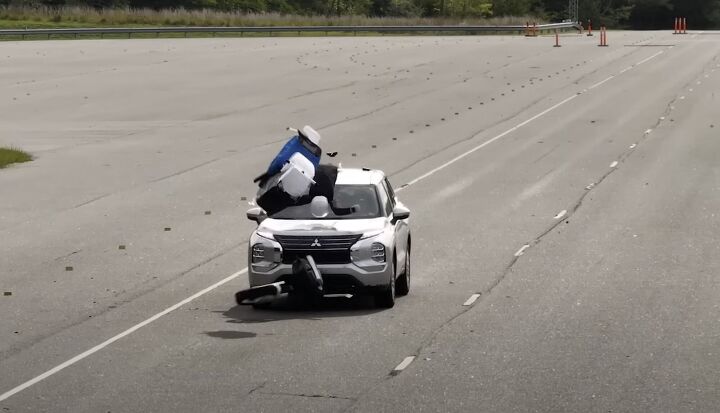

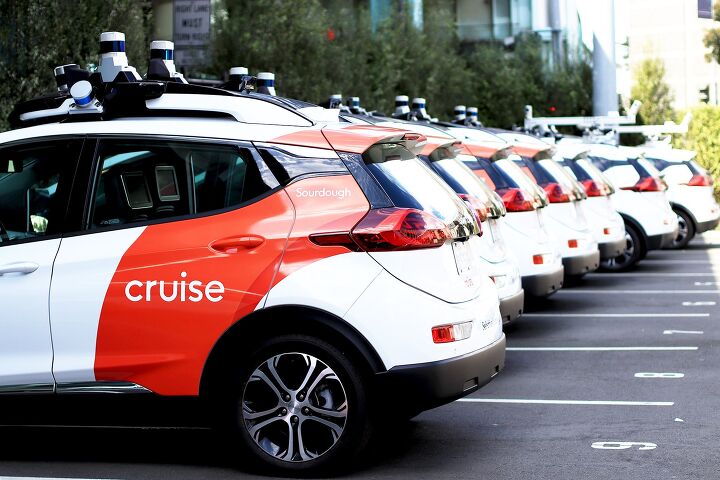

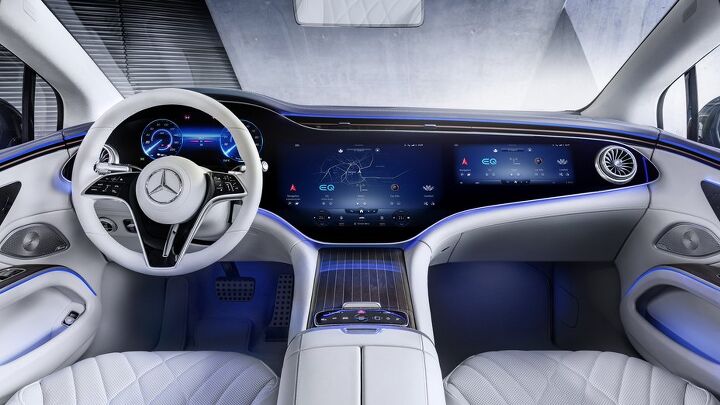
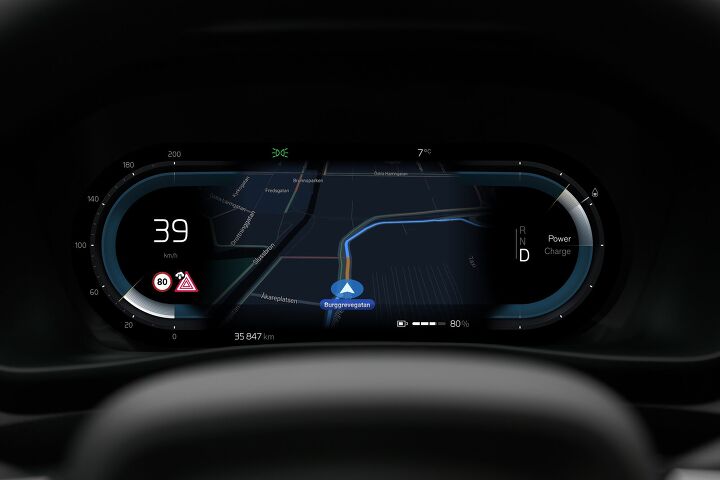

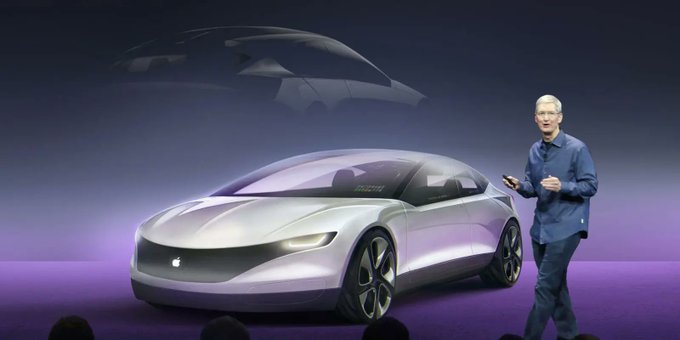
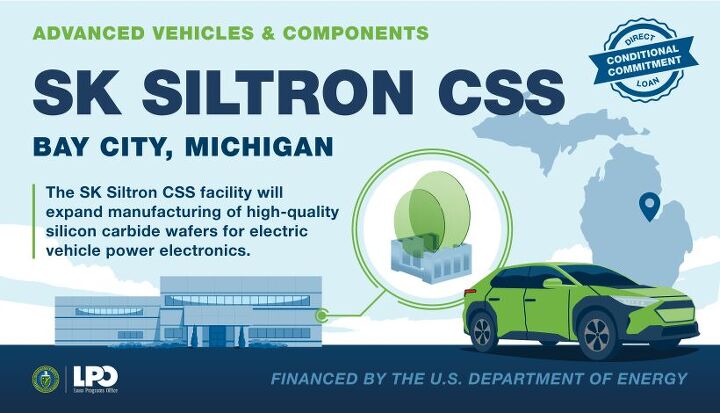
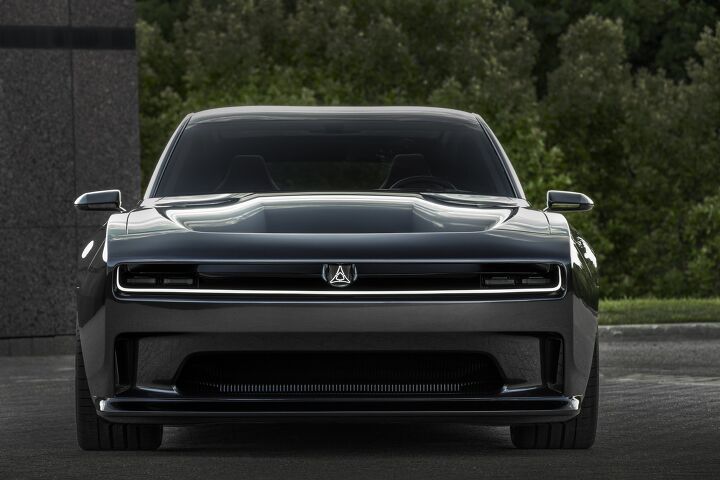
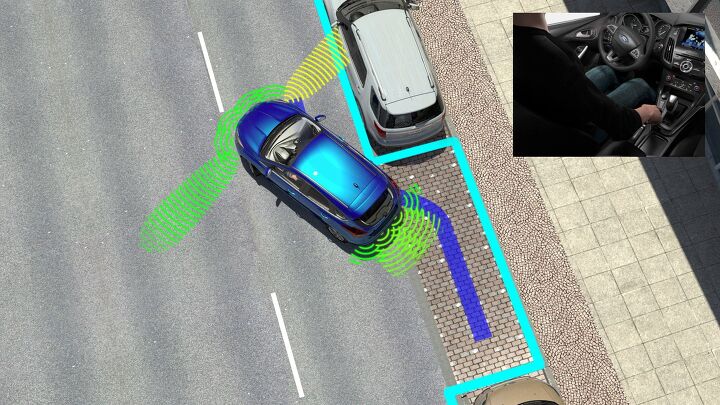
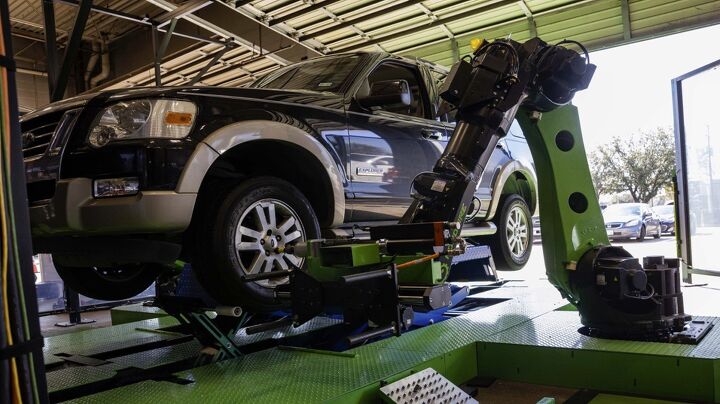
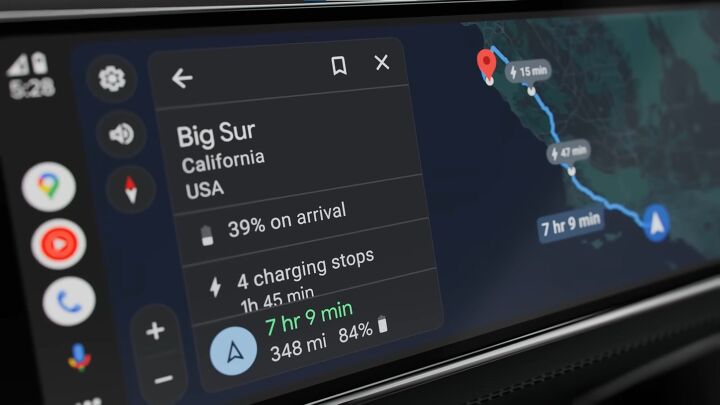
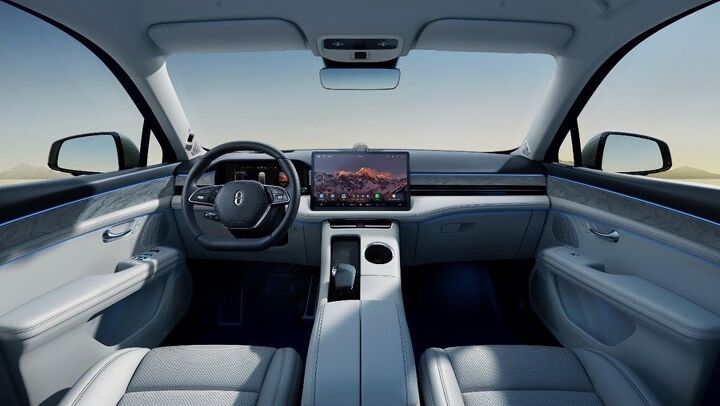
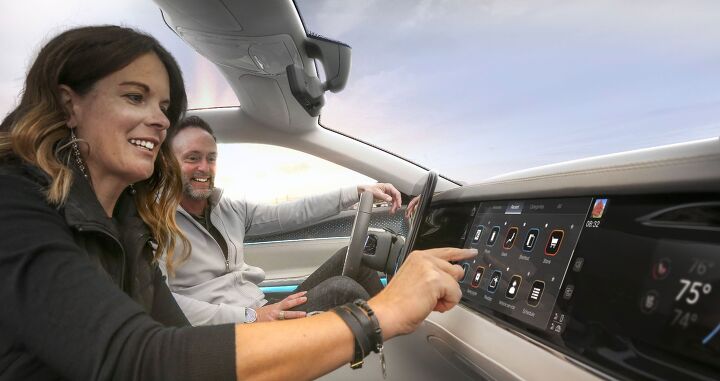












Recent Comments